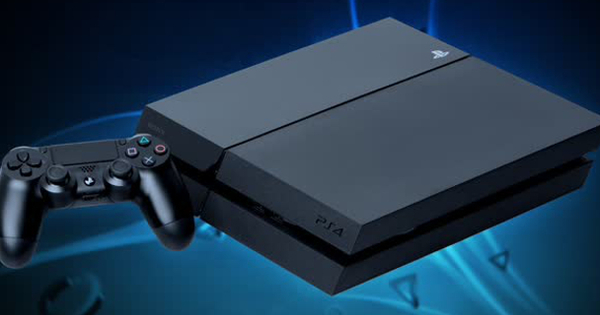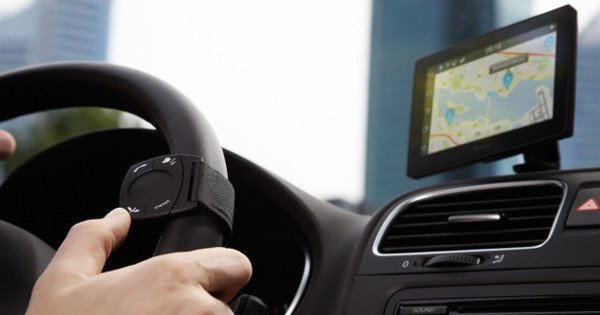By default, jpg photos roll out of a camera. Those pictures may already look pretty nice, but they could be better! By setting the camera to 'raw', you really get the most out of your camera. There are also more possibilities to save a less successful photo in post-processing.
Tip 01: Ready-made
We are used to having ready-made photos rolling out of our digital cameras. We can immediately view, print and share these jpg files. Less well known is that many cameras also have another file format. That's the raw format. A raw file is just not a ready-made photo. Far from that. It only contains the building blocks from which you compose a photo; the raw data from the image sensor. What's in it for you then?
Compare a jpg photo with a ready meal. You just need to warm it up. Nice and easy and fast. You can only do little about it, because everything is already prepared. You can probably add some salt or pepper, but that's about it. You can see a raw file as the ingredients needed to make a meal. You can still use it in all directions and prepare the meal completely to your own taste. You do need a prescription and you lose more time.

Tip 01 With a raw file you put together your own dish, as it were.
Tip 02: Raw Photos
Suppose a photo is much too light or too dark or the colors are not right. If it is a jpg photo, you can only restore it to a limited extent in a photo editor. Too bad, it could have been such a nice picture. When it comes to a raw file, there is suddenly a lot to repair. The exposure can be greatly improved and colors are fully recoverable without damaging the photo. That's because a raw file stores the pure information from the image sensor. If you shoot in jpg, your camera processes that image information: colors are set, the contrast is increased, the photo is sharpened and noise reduction is applied.
So the camera determines how the photo should look and you just have to deal with it. In a photo editor you can make small corrections, but radically changing the photo is not possible. That is only possible if you shoot in RAW. Finally, the camera reduces a jpg photo to save space. A lot of valuable data is lost in this way. Raw files do contain all the original image information. They therefore take up more space on the memory card, but it is more than worth it.

Tip 02 A raw file contains raw data directly from the sensor.
Which camera
Every SLR can shoot in RAW, just like system cameras. With compact cameras, only the more advanced models can do this. How do you know if your camera can do it? In the menu you will then find an option that allows you to indicate whether the camera should shoot in jpg or raw. If you are not sure whether your camera supports it or if you cannot find the option, consult the manual of the device.
On many cameras you can also choose to have both formats written. So every time you take a photo, you get both a (small) jpg and a raw file. The memory card now fills up even faster, but the big advantage is that you can use the ready-made jpg files as long as the photos are in perfect order. Only if it is necessary to edit a photo, you grab the raw file and make your own optimized photo with a photo editor. This way you don't need to edit thousands of holiday photos unnecessarily.
Tip 03: Photo Editor
A raw file is not a displayable photo. After all, it concerns the raw data from the image sensor. It always takes a photo editor to turn it into a real photo. Which photo editor do you need? There is a good chance that a photo editor was included with your camera. This is often the software of the manufacturer itself and it is specifically intended for the raw files of that one brand. This is probably best for you.
There are also better-known photo editors, such as Adobe Photoshop Elements or Corel Paintshop Pro. They know what to do with the raw files of all well-known camera brands. There is also software specifically for managing and editing raw photos, such as Adobe Lightroom and Corel AfterShot. That software is especially useful if you work almost exclusively with raw files and want to do that as efficiently as possible. Finally, there is also free software such as Raw Therapee. Because Photoshop Elements is a popular and widely used package, we'll show you how to edit your raw files with it. If you use another package yourself, you can probably perform (almost) all these operations, possibly in a different way.

Tip 03 With a photo editor you can make a photo from a raw file.
Tip 04: Adobe Camera Raw
As soon as you open a raw file with Photoshop Elements, it does not immediately appear in the photo editor as you are used to. First you end up in Adobe Camera Raw (ACR). This is an additional program included with Photoshop. It is a kind of portal where you perform all the essential operations. Only then will the photo appear in Photoshop Elements itself. The idea is that you tinker with the photo as much as possible in ACR, because this produces the best image quality.
Once ACR has started, you will see a preview of the photo. It is usually less sparkling than you are used to from your camera. Don't panic, it's because you're looking at the pure image information that your camera hasn't done anything with yet. You can now optimally edit the photo yourself. Above the photo you see a row of tools and to the right of the photo you see a histogram with three tabs below. You will find the most important operations on the first two tabs. You don't need the third tab anytime soon.

Tip 04 As soon as you open a raw file, Adobe Camera Raw starts.

